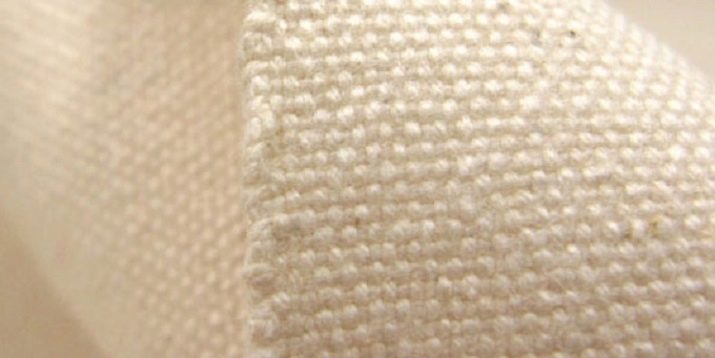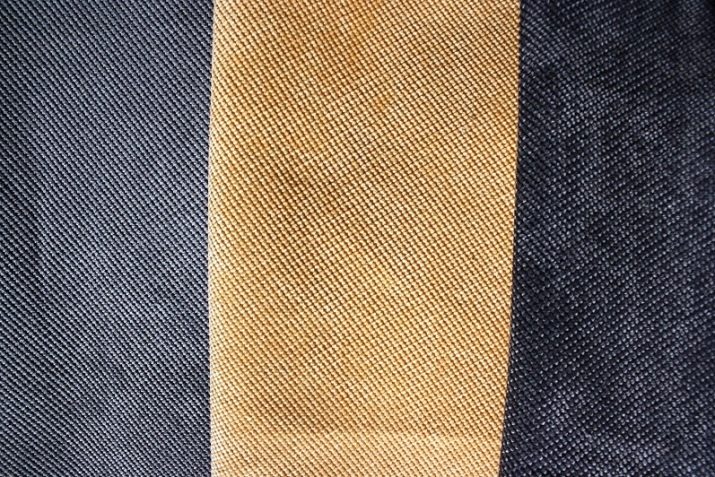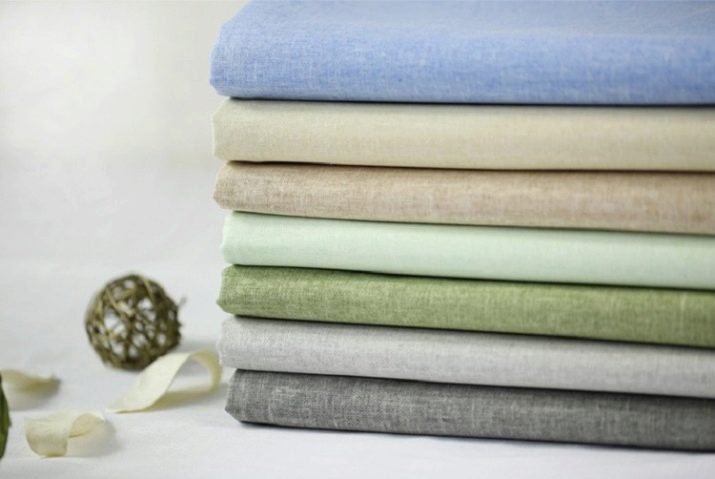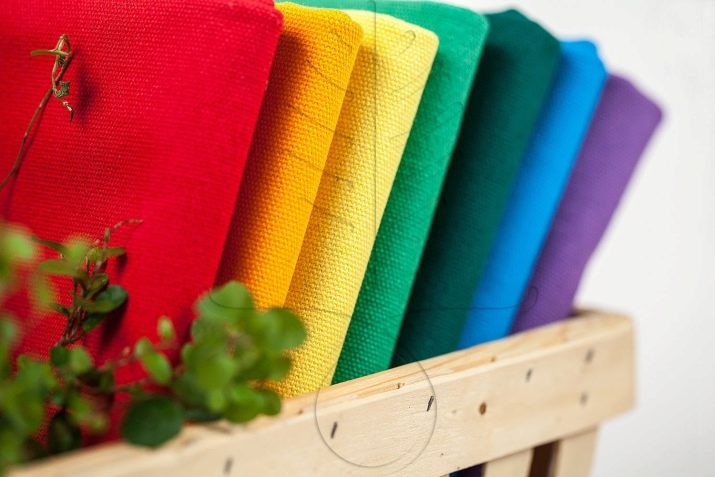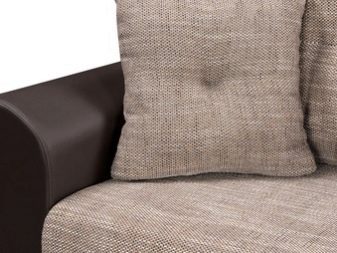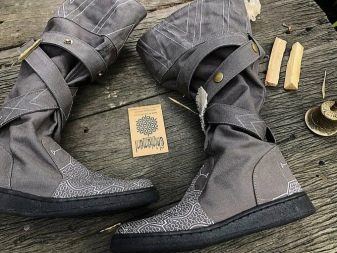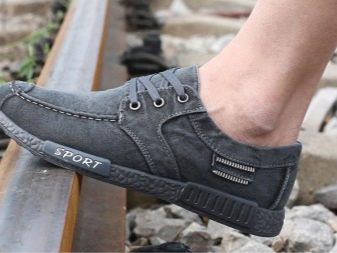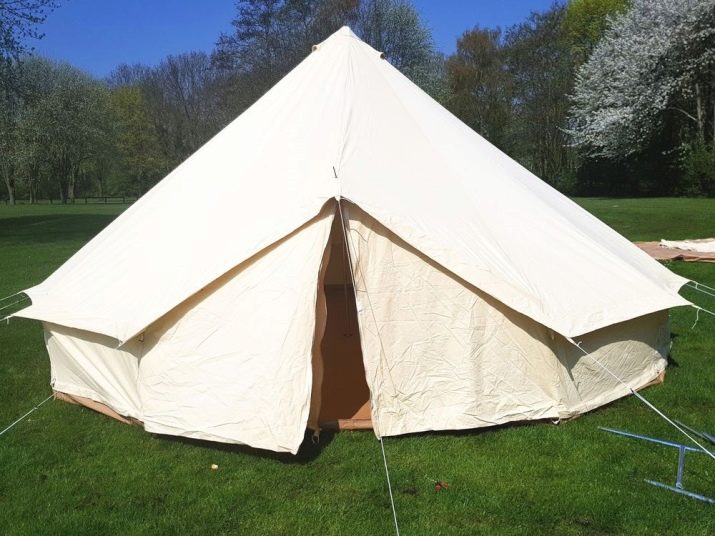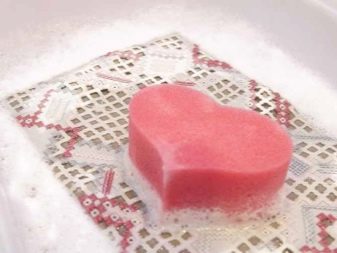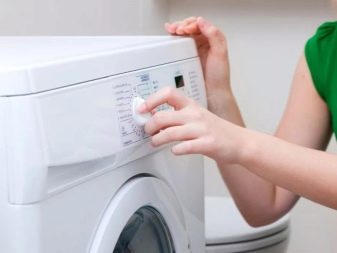Canvas: what is it, what does it consist of and where does it apply?
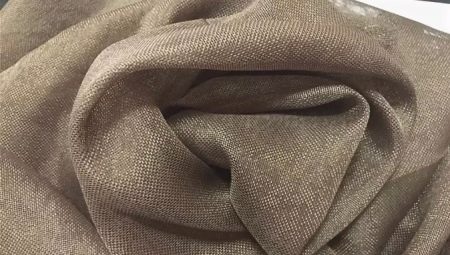
Previously, canvas was a rough linen canvas, which later began to be made from cotton. At the present time, this material is significantly different from the old sample. Now it is a dense mixed fabric with impregnation, and its feature is a clearly marked weave of threads.
Composition and characteristics
Previously, hemp fabric was produced to create sails, to increase strength, the product was impregnated with wax. By the way, textiles were made of hemp for many nations, for example, it was almost impossible to imagine farming among the Slavs without hemp. The difference of the material consisted in a clear interweaving of threads. The fabric was rather coarse. Hempers in the Mediterranean wore the name of cannabis, hence the name - canvas.
It is fair to assume that the canvas was the predecessor of the now known material. Externally, modern canvas is similar to an old canvas, bearing the same name, but the structure and composition vary considerably. A significant difference is the manufacturing technology. Currently in Russia, the most famous manufacturers of canvas are the factories of Ivanovo, the Ivanovo region, the Altai Territory.
The modern version has a two-layer structure. Surface consists of polyester (85%) and nylon (15%). As part of the base polyester is combined with cotton or flax in a ratio of 65%: 35%, respectively. Special impregnation serves as an effective protection of the surface from water and dirt, and also greatly facilitates the care of the product. Special production methods give the material tremendous strength and durability. In appearance, like the old pattern, the fabric resembles a canvas. It is also often called “canvas.”
Products made of canvas have wear resistance indicators that are 10 times higher than GOST: in its original condition, the canvas can remain for several decades. If we consider the tactile properties of the material, then it is worth noting its extraordinary softness, it is quite pleasant to touch the matter. This is a comfortable product, which also has high air permeability. The positive qualities also include the ability to maintain shape, the ability not to stretch and not shrink, water repellency and resistance to dirt, no tendency to the formation of pellets.
The canvas is colored by means of thermal printing, and therefore usually this product has a bright saturated color. Previously, the natural canvas was ashen-colored, but thanks to modern technologies it is possible to create very bright juicy images on the canvas. Due to the special structure on the fabric, you can depict whole pictures and prints, and even complex patterns create the impression of handmade. The image of any texture is very pronounced on such material as canvas.
By the way, materials from a natural gray shade also remain very popular. They can be used to develop images, for example, in an ecological or Mediterranean style.
Varieties
Canvas can be classified according to density. This is determined by the number of threads in one square centimeter. There are two options:
- 180–240 g / sq. cm - is a delicate matter, which is usually used for making clothes;
- from 320 g / sq. cm - more dense fabric, which is used for sewing bags and shoes.
Where does it apply?
Despite the large amount of synthetic fibers in the composition of canvas, it looks quite natural in appearance. Widely used material in the furniture industry:
- It is suitable as an upholstery for soft furniture;
- covers can be made from it;
- from this fabric are colorful curtains.
Especially widespread is the use of canvas when creating a nautical style or an ecological design, this is possible due to its natural appearance. Also, furniture from canvas will look harmonious in interiors of styles destructiveness or back-to-the-roots.
Most often in the manufacture of furniture used a special kind of canvas, created by Arben.
From the canvas sew bags, backpacks, manufacturing of army paraphernalia is widespread. From this material the dense and warm working form turns out. The fabric is also suitable for the manufacture of sports and corporate clothing and footwear. It is comfortable and does not irritate the skin. As for casual clothing from canvas, most often these are jackets and vests in a certain style.
For example, representatives of the hippie, country, military, boho styles often refer to this material, and thematic ethnic-style costumes created from canvas are known.
If we talk about bags and backpacks, then there is no specific stylistic solution - these items are convenient for everyone. They look quite aesthetically pleasing, smooth, without excesses, they are distinguished by their strength and durability. Women's bags can include strict elements or elegant details in the design, casual models are perfect for business and active people. Shoes made of this fabric are often represented by a variety of sneakers, sneakers, moccasins, it is suitable for people of any age. In the cold in such shoes it is warm, and in the summer it is comfortable and cool.
High strength characteristics allow the use of the material for the manufacture of tents, tents, tents, folding arbors. Canvas is used in decorative and applied arts. Known use of canvas in the manufacture of protective knee pads and elbow pads for tourism and extreme sports.
Often this material serves as a raw material for sewing decorative design elements.
How to care?
Care for canvas is very simple. The main rule, which is worth remembering when washing, is not to damage the Teflon impregnation. If you destroy this layer, the material will lose its protective properties and quickly become useless.
A stain that appears on the surface is easily and quickly removed with a regular wet sponge or soapy water. Periodically, the product must be shaken out and vacuumed with a soft brush.
It is recommended to wash the item if necessary in a washing machine on a gentle mode using warm water. Canvas dries very quickly, creases and traces after washing it does not remain.
The need for ironing does not usually arise, but if you can not do without it, it is recommended to use a stream of steam or a cold iron.
Review fabric canvases, see the video below.
